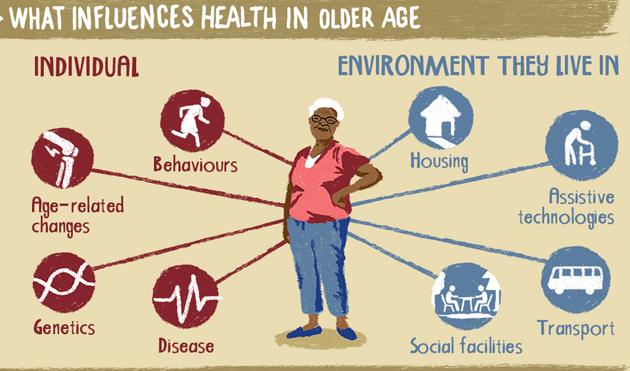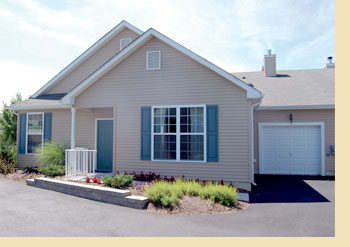
Respite care is a temporary stay at a nursing home or care facility where the beneficiary receives the same level of care as a permanent resident. As a respite care beneficiary, you will receive personalized care and hotel-type services. Based on the needs of the beneficiary and the respite subsidy, the level of care will determine the appropriate level. These facilities offer high-quality care, as well low-level. After completing a form, the beneficiary is placed at the appropriate level.
Residential respite care is funded by the government
Government funding residential respite care has many benefits. This funding can be used to provide additional support and stimulation for your loved ones in order to live a happy, fulfilling life. Respite care fees can vary depending on your requirements. The fees can be broken down into two parts: the accommodation component and the care component. You may not be eligible for the subsidised care component if you require temporary respite. However, you can request additional days at any moment.

A variety of programs are available in certain states to help with the cost of respite care. The NFCSP, for example, gives priority to older persons with low incomes. Most AAAs consider income and assets when determining eligibility. Your income must not exceed 200% of federal poverty level (FPL) to be eligible for federal grant programs. In 2018, the income limit of a single individual is $24,280. For married couples, it is $32,920. Individuals in Alaska, Hawaii and Hawaii have income limits that are higher.
Different types of respite care
There are many kinds of residential respite care. The first type, known as out-of–home respite offers care outside of the loved ones' home. Adult daycare services offer activities, some form of exercise, and a meal every day. Staff also assist with activities of daily living, such as taking medications. There are also in-home respite options. Before you decide on the type of residential care that you want, consider the needs of your loved ones.
It can be beneficial for your health to take a break from the loved one. Respite can be a great option for caregivers. It's not something to be taken lightly. It can be used for several days or weeks. If it is needed for a longer duration, respite can be helpful. These programs can be a great option for people who feel overwhelmed and just need a break.
In-home respite care
Respite care is not an option for all elderly and disabled people. The home care service is a great option to fill this gap. In-home care is a great option for patients who need companionship, light housekeeping, or a few hours of respite. They are usually billed hourly and can also be booked according to the availability of the patient.

There are many advantages to in-home respite. It gives caregivers a break and allows them to concentrate on their own goals or other duties. The caregiver also gets a fresh perspective with respite care in their home. Family members accept their roles often without formal training and aren't necessarily well-versed in the details. A fresh perspective can be invaluable. A professional can offer valuable tips and tricks to caregiver tasks.